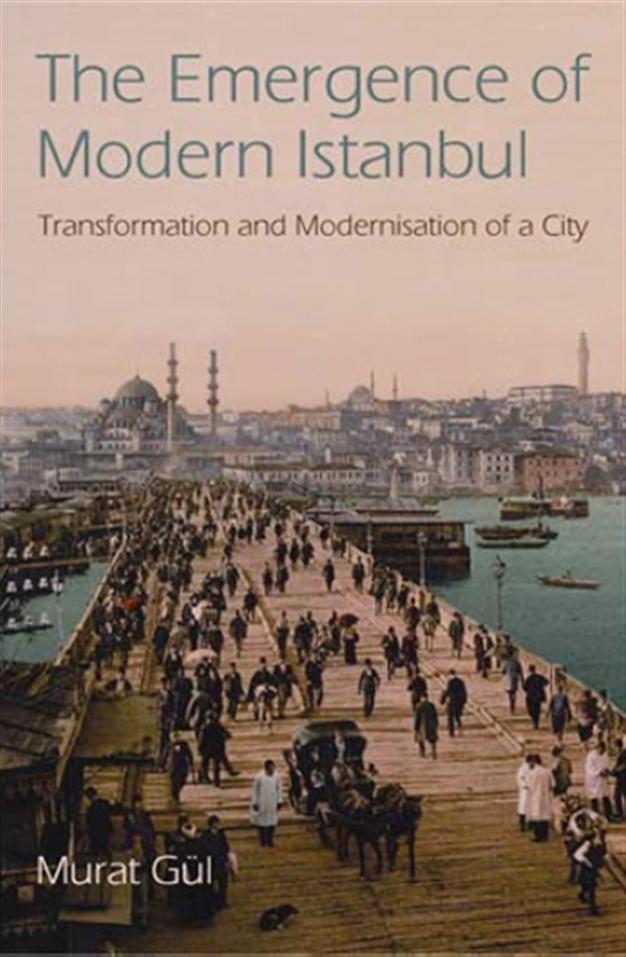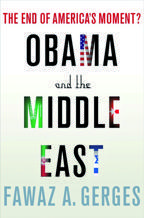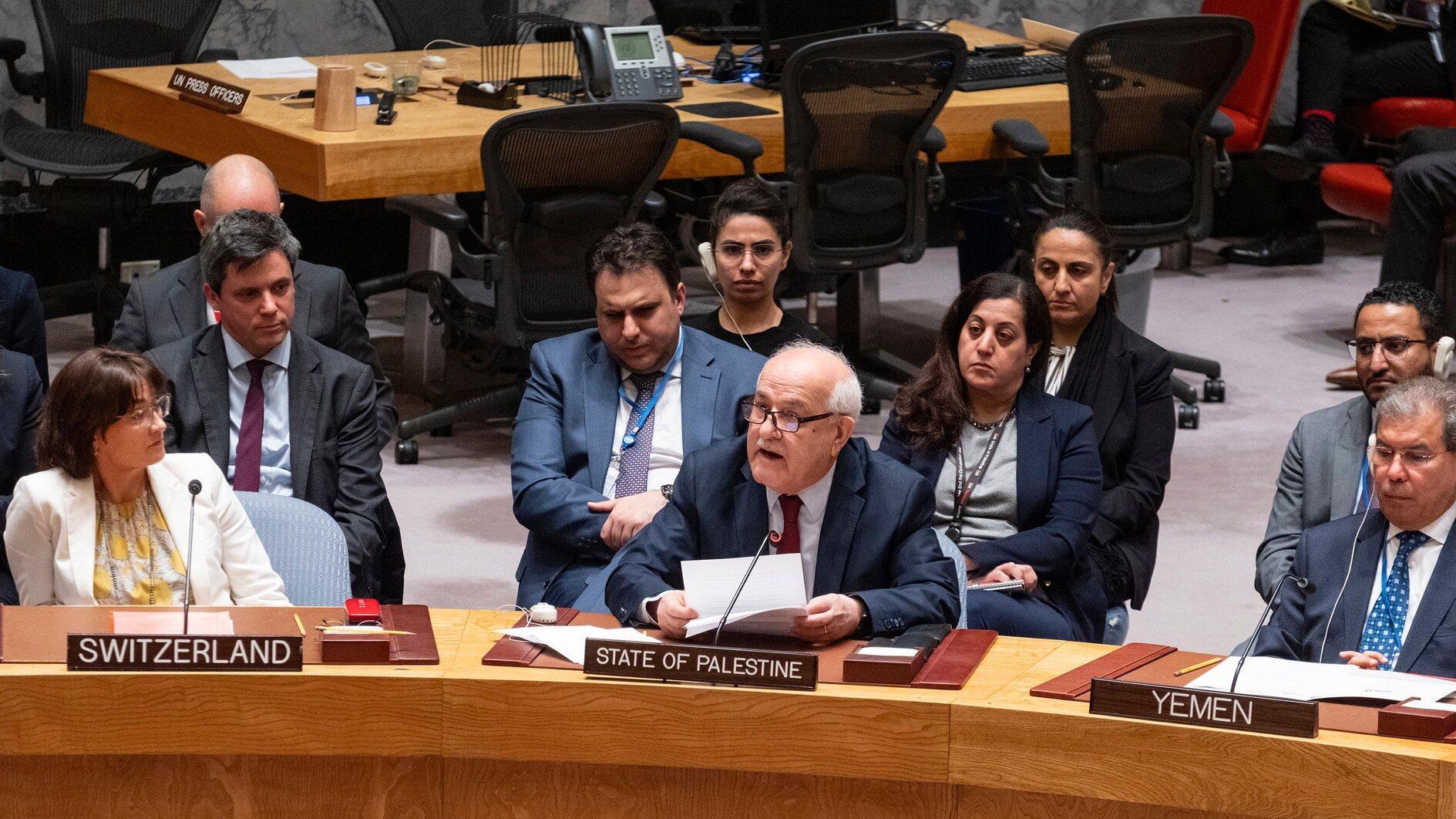The transformation and modernization of Istanbul
William Armstrong - william.armstrong@hdn.com.tr
 ‘The Emergence of Modern Istanbul: Transformation and Modernisation of a City’ by Murat Gül (I.B. Tauris, 2012, 40TL, pp 256)
‘The Emergence of Modern Istanbul: Transformation and Modernisation of a City’ by Murat Gül (I.B. Tauris, 2012, 40TL, pp 256)Istanbul may be a great city, but the story of its urban planning history is not a happy one. For centuries, it has been a theater in which different regimes have struggled to display their political, ideological and social convictions – or lack thereof. This title by architectural and urban historian Murat Gül is a comprehensive and sometimes surprising overview of Istanbul’s spluttering modernization process from the late Ottoman period to the Adnan Menderes era in the mid-20th century. It doesn’t continue up to the present day, but its account of the political motivations that so often lie behind urban development feels particularly germane after the recent Gezi protests, which were sparked by outrage over the destruction of a central park in favor of yet another shopping mall.
The book begins in the 19th century, when attempts to reorganize the urban environment of the Ottoman capital were just one part of the wider initiative to modernize the whole empire on European models. Major urban planning proposals were hatched by various Western entrepreneurs in Istanbul throughout the century, attempting to solve problems related to population pressures, inadequate transportation, and lack of sanitary facilities. There were even extraordinary-sounding suggestions to bridge the European and Asian sides of the city as early as the 1870s, a whole 100 years before the first cross-Bosphorus Bridge was completed in 1973. While discussing these, Gül also introduces the late Ottoman progenitors of today’s intergalactic interest rate lobby: the Beyoğlu-dwelling Westerners who frequently refused to pay their taxes, thus hindering the municipal authorities’ attempts to improve the urban landscape.
Later on, the book mentions the little-known infrastructure works conducted in Istanbul by the Committee of Union and Progress (CUP) after the 1908 Young Turk revolution. However, following the collapse of the empire and the declaration of the republic in 1923, the city was almost entirely neglected by the authorities in favor of the newly designated capital, Ankara, where the new regime could most clearly express its break from the past in the language of urban form. Spending on public resources in Istanbul was redirected to the development of Ankara and other Anatolian cities, while new architectural tendencies also passed Istanbul by – largely because no public buildings of note were being constructed there. Atatürk himself conspicuously snubbed the city, not officially visiting the old Ottoman capital until 1927.
Still, despite the lack of sympathy from the republican authorities, Istanbul was too important to be neglected for long. In 1936, Frenchman Henri Prost was commissioned to produce a new master plan for its regeneration, based on his previous experience of introducing Western urban principles to Islamic cities in North Africa. In Prost’s plan, Istanbul’s major monuments would be untouched and even opened out, but most residential areas would be demolished and replaced by modern housing blocks designed on rational, “hygienic” principles. Interestingly enough, as part of the Prost plan, the Ottoman barracks building next to Taksim Square, which current Prime Minister Recep Tayyip Erdoğan is so keen on reconstructing as a shopping mall, was demolished and replaced by Gezi Park. In the end, however, most of the ideas set out by Prost didn’t materialize due to economic conditions and technical deficiencies, and he was finally decommissioned in 1950.
Another reason for Prost’s failure was his inability to foresee the mass migration that started to hit Istanbul after the Second World War, which had to be dealt with by the Democrat Party that was in power from 1950 until the 1960 military coup. The party was led by Adnan Menderes, who is described by Gül as “without doubt, the most controversial figure in the story of Istanbul’s transformation into a modern metropolis.” The second half of his time in office saw the destruction of much of Istanbul’s historical character, the large-scale expropriation of properties for demolition, and the development of gigantic boulevards for mass transportation. Menderes himself proudly described this work as the “second conquest of Istanbul,” after the Ottoman conquest of 1453, but much of it was conducted in a way often portrayed as unaccountable and corrupt. He is today considered by many modern critics as the individual solely responsible for much of the destruction of Istanbul’s architectural and cultural heritage, cynically using rapacious urban redevelopment to camouflage deficiencies in his government’s economic management.
The charge sheet is clear, but Gül presents us with a rare apologia for Menderes, placing the former prime minister in his wider historical context and highlighting the particular circumstances that determined policy at the time. “Any political leader during the early postwar period who faced the special circumstances and problems of the time and who had access to foreign economic aid would have responded to these problems in much the same way as Menderes did,” Gül suggests.
Of course, the parallels between Menderes and Erdoğan – not only in terms of their urban policies – are well known. Still, it’s a fact that Turkey's largest city has actually experienced painful recurring motifs in its uneven development process for much of the past 200 years. Although it is undeniably thrilling, Istanbul remains somewhat tortuous to live in.
Notable recent release

‘Obama and the Middle East: The End of America’s Moment?’ by Fawaz A. Gerges
(Palgrave Macmillan, $28, pp 304)










